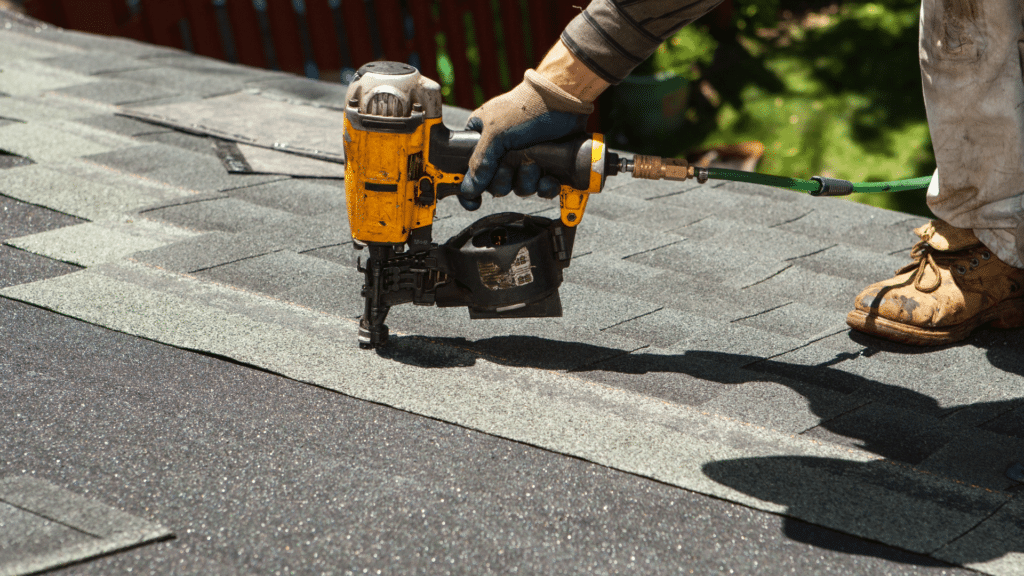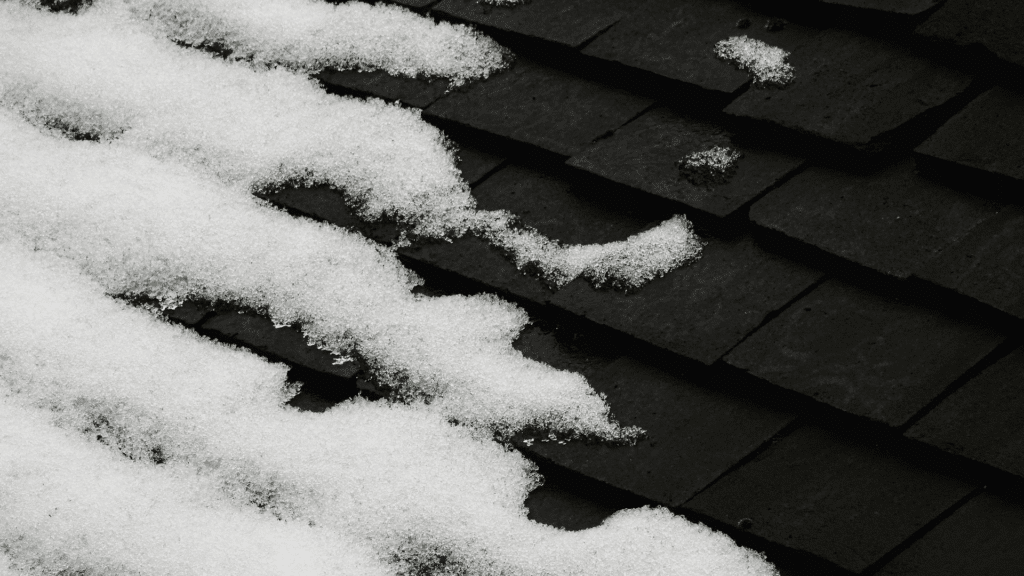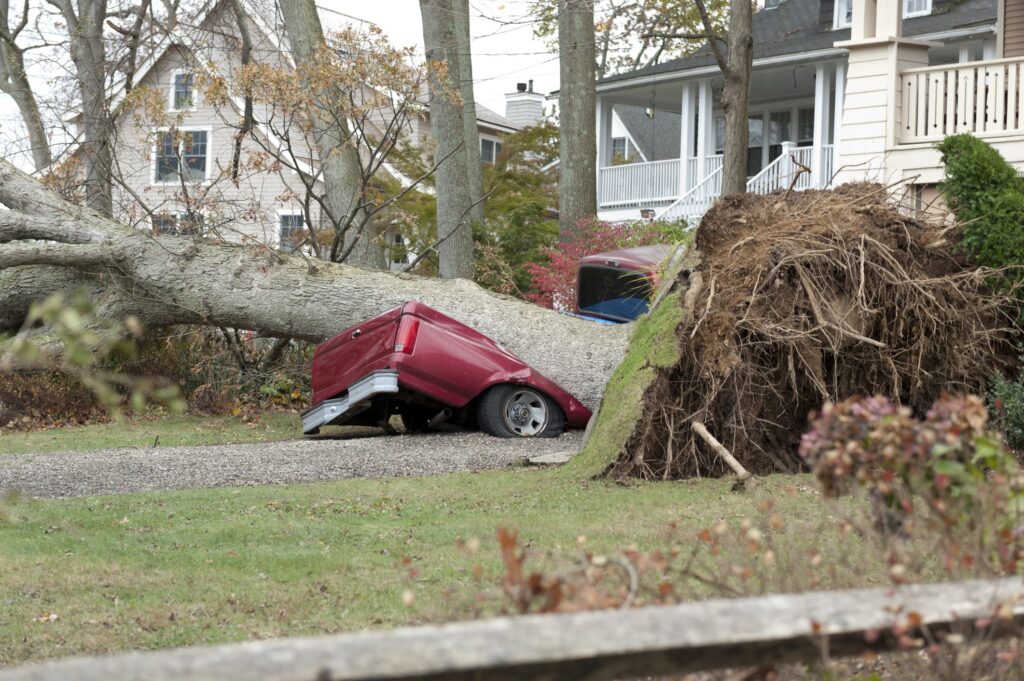Protect Your Home: A Guide from An Insurance Litigation Lawyer for Wildfire Preparedness
Wildfires are a growing concern for Texas homeowners, especially after the Governor’s disaster declaration in February 2024. Preparing your home for wildfire season isn’t just about safety; it’s about ensuring that your insurance claim will be honored if disaster strikes.
An insurance litigation lawyer, like the ones at Stormlex Law Group, understands the devastating impact of wildfires and how challenging it can be to secure the compensation you deserve.
In Texas, many homeowners face the harsh reality of denied or underpaid insurance claims after wildfires, leaving them vulnerable and financially burdened. We will share four steps you can take to protect your home and navigate the claims process effectively.
What You Will Learn:
- Understand wildfire risks specific to Texas
- Creating a Defensible Space: The First Line of Defense
- Fortifying Your Home: Construction and Retrofit Tips
- Essential Prevention Tools Every Homeowner Should Have
Understanding the Wildfire Risks in Austin, Texas: Insights from an Insurance Litigation Lawyer
Texas is no stranger to wildfires. The state’s vast landscapes, diverse ecosystems, and climate conditions make it particularly vulnerable to these destructive events. Understanding the specific wildfire risks in your area is the first step in preparing your home and property.
-
Regional Wildfire Hotspots in Texas
Certain areas in Texas are more prone to wildfires due to their geographical features and vegetation. The Panhandle, South Plains, Texoma, and Permian Basin regions are notorious for their wildfire activity, especially during drought conditions. The dense brush and cedar trees in this region can act as fuel, causing fires to spread rapidly.
Homeowners in these regions should be particularly vigilant and take extra precautions to safeguard their properties. -
How Climate Change Exacerbates Wildfire Risks
Climate change has intensified the frequency and severity of wildfires in Texas. Warmer temperatures and prolonged droughts dry out vegetation, turning it into tinder that can ignite with a single spark. Additionally, the erratic weather patterns caused by climate change can lead to unexpected and more dangerous wildfire conditions.
An insurance litigation lawyer at Stormlex Law Group advises homeowners to stay informed about the latest climate trends and their impact on wildfire risks. This knowledge can help you make informed decisions about your property and insurance coverage. -
Insurance Considerations in High-Risk Areas
If you live in a high-risk area, your insurance policy may have specific provisions related to wildfire coverage. You need to review your policy and understand what is and isn’t covered. In some cases, you may need to purchase additional coverage or endorsements to protect your home fully.
Reviewing your policy at each renewal period is something our insurance litigation lawyers recommend so that you can ensure that you have the necessary coverage in place. It’s also important to document any measures you take to mitigate wildfire risks, as this can support your claim if you ever need to file one.
Creating a Defensible Space: The First Line of Defense
One of the most effective ways to protect your home from wildfires is by creating a defensible space. This is the area around your home where vegetation and other combustible materials have been cleared or reduced to slow the spread of fire. A well-maintained defensible space can make all the difference in whether your home survives a wildfire.
Understanding the Zones of Defensible Space
Creating a defensible space involves dividing the area around your home into zones, each with specific requirements for reducing fire risk.
- Zone 1 (0-30 feet from your home): This is the most critical zone. Remove all dead vegetation, dry leaves, and other flammable materials. Keep trees and shrubs well-spaced and pruned to prevent the fire from spreading to your home. If possible, replace highly flammable plants with fire-resistant alternatives.
- Zone 2 (30-100 feet from your home): In this zone, the goal is to reduce the intensity of a wildfire as it approaches your home. Keep grass mowed to a height of four inches or less. Thin out trees so that there is at least 10 feet of space between their crowns. Remove dead or dying plants and keep the area clear of fallen branches and debris.
- Zone 3 (100-200 feet from your home): This zone extends further into your property and serves as a buffer between your home and the wildland. Keep this area as natural as possible, but remove any large accumulations of dead vegetation and debris. If your property extends beyond 200 feet, consider maintaining a similar approach further out to provide additional protection.
The Importance of Regular Maintenance
Creating a defensible space isn’t a one-time task; it requires ongoing maintenance. Regularly inspect your property for new growth, fallen leaves, and other debris that could fuel a wildfire. Pay special attention during the dry season, when the risk of wildfires is highest.
An insurance dispute lawyer is experienced in informing policyholders about mitigation after damages, this can sometimes include preventative tips. Stormlex Law Group would emphasize that maintaining a defensible space can also positively impact your insurance premiums. Some insurance companies offer discounts to homeowners who take proactive measures to reduce wildfire risks. Additionally, having a well-maintained defensible space can strengthen your case if you need to file a wildfire-related insurance claim with an insurance litigation lawyer.
Fire-Resistant Landscaping Tips
Incorporating fire-resistant landscaping into your defensible space can further reduce the risk of wildfire damage. Fire-resistant plants, such as succulents and certain types of shrubs, are less likely to ignite and can act as a natural barrier to the spread of fire.
Mulch is another important consideration. While organic mulch is popular, it can also be highly flammable. Consider using gravel or other non-combustible materials in areas close to your home.
If you’re unsure which plants and materials are best for your region, an insurance litigation lawyer recommends consulting with a local landscape expert. They can provide guidance based on your specific location and climate conditions.
Fortifying Your Home: Construction and Retrofit Tips
While creating a defensible space is essential, fortifying your home itself is equally important. Fire-resistant construction materials and retrofitting can significantly reduce the risk of your home being destroyed in a wildfire.
-
Fire-Resistant Roofing and Siding
The roof is the most vulnerable part of your home during a wildfire. Embers from a fire can travel long distances and land on your roof, igniting the materials and spreading the fire to the rest of your home. That’s why it’s crucial to have a fire-resistant roof.
Metal, tile, and asphalt shingles are all excellent options for fire-resistant roofing. If you’re considering a roof replacement or building a new home, choose materials that are rated Class A for fire resistance—the highest rating available.
Siding is another critical component of your home’s fire defense. Fiber-cement siding, stucco, and brick are all fire-resistant materials that can help protect your home. As a group of insurance litigation attorneys, we advise clients to invest in these materials, as they not only protect against wildfires but also add value to the property. -
Upgrading Windows and Doors
Windows and doors are potential weak points in your home’s fire defense. Single-pane windows can easily shatter from the heat of a wildfire, allowing flames and embers to enter your home. Upgrading to dual-pane windows with tempered glass can significantly improve your home’s fire resistance.
Doors should be made of solid materials, such as wood, steel, or fiberglass, and should be equipped with weather stripping to prevent embers from entering your home. If you have sliding glass doors, consider upgrading them to dual-pane or tempered glass as well. -
Sealing Vents and Openings
Vents and openings in your home can allow embers to enter, igniting the interior. It’s essential to seal these openings with fire-resistant materials, such as metal mesh screens with openings no larger than 1/8 inch.
Pay special attention to eaves, soffits, and crawl spaces, as these areas are often overlooked but can be vulnerable to ember intrusion. Our insurance claim lawyers would recommend conducting a thorough inspection of your home to identify and seal any potential entry points.
5 Prevention Tools Every Homeowner Should Have
In addition to fortifying your home and creating a defensible space, having the right prevention tools can make all the difference in a wildfire situation. These tools can help you respond quickly to a fire and minimize damage to your property.
-
Fire Extinguishers 🧯
Fire extinguishers are a must-have in every home, especially in wildfire-prone areas. Keep at least one fire extinguisher on each level of your home, and ensure that they are easily accessible.
It’s also important to choose the right type of fire extinguisher. For most households, a multi-purpose extinguisher (rated ABC) is the best option, as it can handle different types of fires, including those caused by electrical equipment and flammable liquids.Regularly check your fire extinguishers to ensure they are in good working condition. Replace them as needed, and ensure that all household members know how to use them properly.
-
Sprinkler Systems 💦
Installing a sprinkler system around your home can provide an additional layer of protection against wildfires. Consider setting up a system that covers your defensible space, roof, and other vulnerable areas.
Automatic Sprinklers: Install automatic sprinkler systems on your roof and in the defensible space to keep vegetation moist and less likely to ignite. Ensure that your system is connected to a reliable water source and is properly maintained.
Handheld Sprinklers: Keep handheld sprinklers on hand for immediate use during a fire threat. They can be used to wet down areas around your home, helping to prevent the spread of fire.
-
Emergency Kits 🩹
Having a well-stocked emergency kit is crucial for any disaster, including wildfires. Your kit should include essential items to help you evacuate quickly and safely.
Basic Supplies: Pack non-perishable food, water, medications, a first-aid kit, and a flashlight with extra batteries.
Important Documents: Store copies of important documents, such as insurance policies, identification, and medical records, in a waterproof container.
Communication Devices: Include a battery-powered or hand-crank radio to receive emergency updates, and ensure you have fully charged mobile phones and chargers.
-
Fire-Resistant Protective Gear ⛑️
In the event of a wildfire, having fire-resistant protective gear can be crucial for your safety.
Protective Clothing: Wear long-sleeve shirts, long pants, and sturdy shoes made from fire-resistant materials. This clothing can protect you from embers and heat.
Eye and Face Protection: Use safety goggles and a mask to protect your eyes and lungs from smoke and ash.
-
Fire Department Access and Contact Information 👩🏻🚒
Ensure you have access to the contact information of your local fire department and any community emergency response teams.
Emergency Contacts: Keep a list of emergency contact numbers, including local fire departments and insurance providers, in an easily accessible place.
Community Alerts: Sign up for local emergency alerts and notifications to stay informed about wildfire risks and evacuation orders in your area.
Safeguarding Your Home with the Help of an Insurance Litigation Lawyer
Wildfire preparedness is about understanding and navigating your insurance coverage effectively. Stormlex Law Group encourages homeowners in Austin, Dallas, Amarillo, and other cities in Texas to take these proactive steps to safeguard their homes.
The more prepared you are, the better you can protect your home and loved ones from the devastating impacts of wildfires. Should you need assistance with a denied, or underpaid insurance claim, consulting with an experienced insurance claim lawyer from Stormlex Law Group can provide valuable guidance and support.
Stormlex Alliance Newsletter
Join the Stormlex Alliance: a newsletter dedicated to educating you on insurance policy terms, tips for navigating the claims process, and weather-related prevention tips for your home or commercial property in Texas.
We throw in a weekly Star Wars meme for your entertainment and laughter, too! Who said we can’t have fun in your inbox?
If you reside in San Antonio, Dallas, Austin or another city in Texas and have sustained hail, rain, or other weather related damage to your home,, this newsletter is a must-subscribe to reach your optimal Jedi master level of your insurance policy and your rights for a maximized claim payout!
Featured image: Photo by Issy Bailey on Unsplash


















